The recent Decked Out exhibit at the Pacific Bonsai Museum comprised about half of the bonsai on display when I visited. The remaining trees were equally impressive. Here’s a brief look at them, starting with a Japanese maple whose leaves were just starting to lose their deep green color.
Japanese maple
The yew below recently returned from the US National Exhibition in Rochester, New York. Several lifelines support the relatively sparse foliage above.
Yew
Hornbeams aren’t always thought of as powerful bonsai, but they sure can be. The hornbeam below has a very powerful trunk, good movement and dense canopy.
Korean hornbeam
Sierra junipers, on the other hand, are often seen with powerful trunks. The specimen below reminds me of a number of trees I’ve seen in nature with deadwood surronding a single live trunk.
Sierra juniper
The Chinese elm below evokes a completely different feeling. The tree is in the cascade style with an apex above the main bend. Like the hornbeam above, it has a strong trunk and is shown in an unglazed pot.
Chinese elm
The Eastern white cedar below has interesting deadwood and dense foliage.
Eastern white cedar
One of the museum’s Japanese white pines is planted on a slab. The trunks emerge from the left side of the slab and point strongly to the right. The balance is good.
Japanese white pine
The tree below looks like a straight Japanese black pine, but on closer inspection one can see it’s a corkbark specimen. The graft-line is a couple of inches above the soil and, remarkably, the trunk actually gets thinner above the graft union. The tree is quite full and growing strongly.
Corkbark Japanese black pine
Mountain hemlock is a great variety for bonsai and source of much zone envy among those who live where it’s hot and dry. The deadwood at the base echoes the movement of the lower trunk well.
Mountain hemlock
Two shore pine were on display when I visited, and the feeling between them couldn’t have been more different. The first tree is a large, multi-trunk specimen planted on a slab. The branches are arranged loosely.
Shore pine
The second shore pine is a single-trunk specimen with good taper, movement and deadwood along the trunk. The foliage is arranged in branch pads and the tree sits in an unglazed pot.
Shore pine
To finish off for today, here’s a Catlin elm grove planted on a slab. The composition gives the impression that it was planted a long time ago as the individual trees are well developed.
Catlin elm
Thanks to curator Aarin Packard for the invitation to visit the museum and for doing such a great job with the bonsai. I’m looking forward to seeing the collection continue to improve over the coming years – thanks Aarin, and keep up the good work!
Subscribe to Bonsai Tonight
New Posts Delivered Every Tuesday and Friday
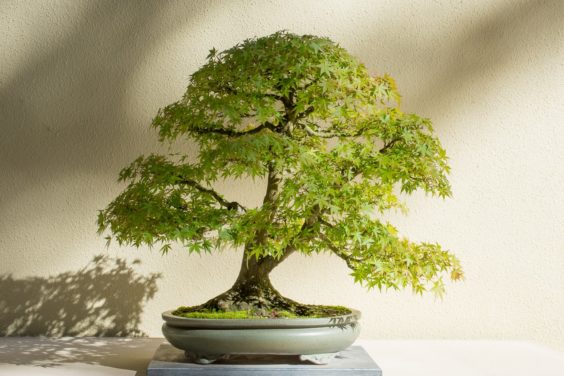
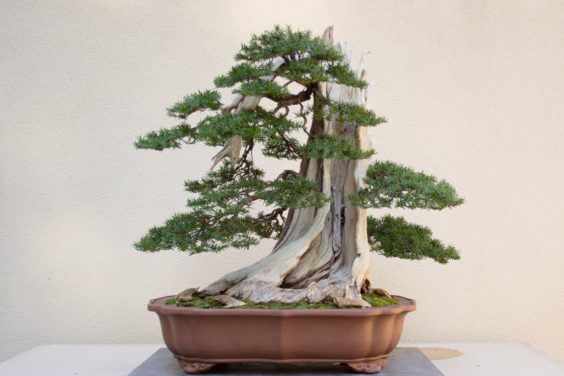
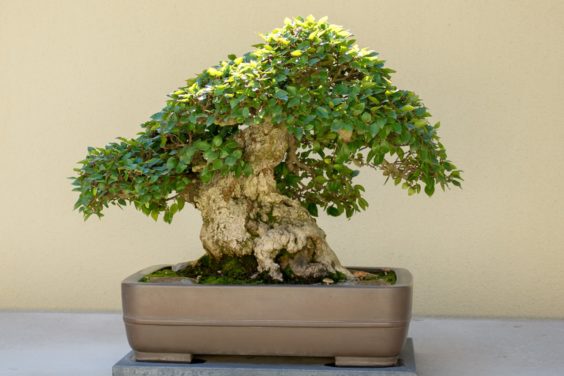
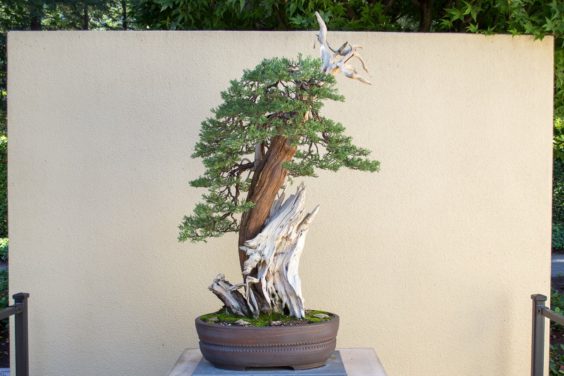
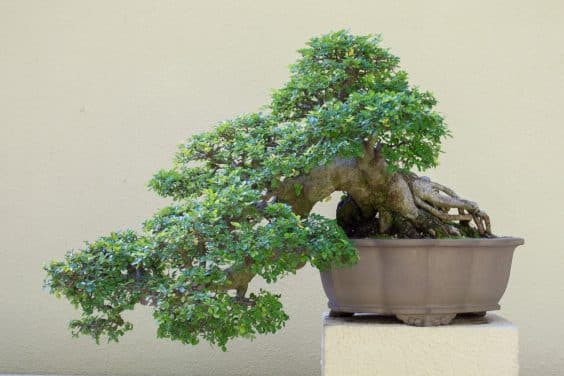
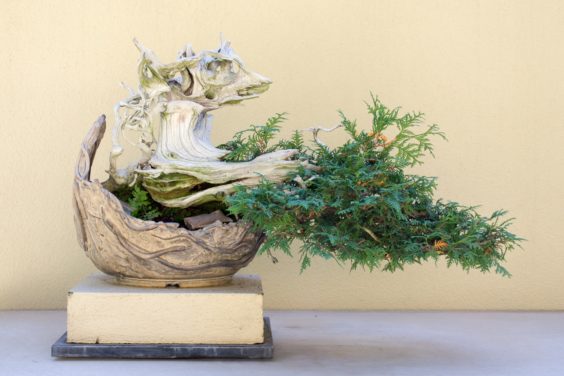
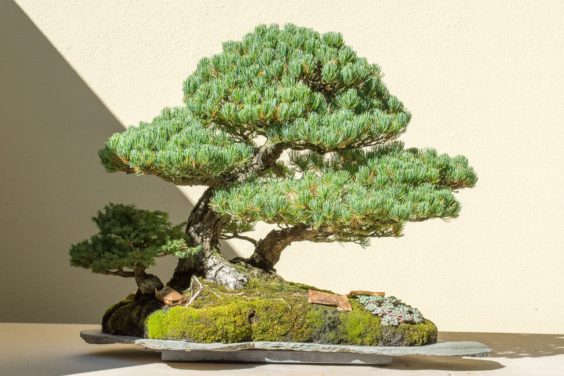
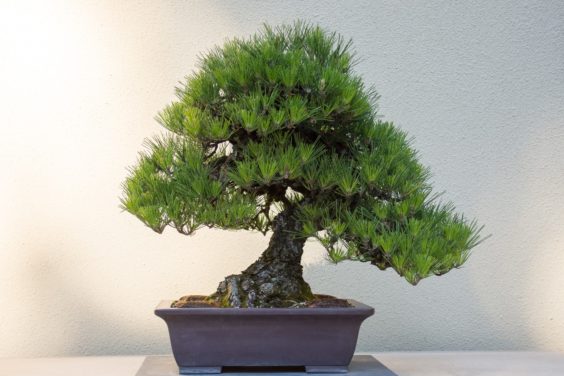
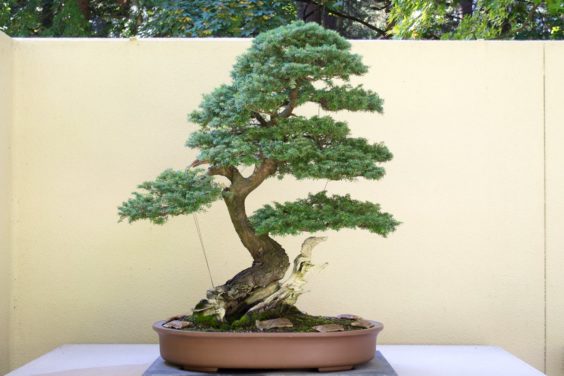
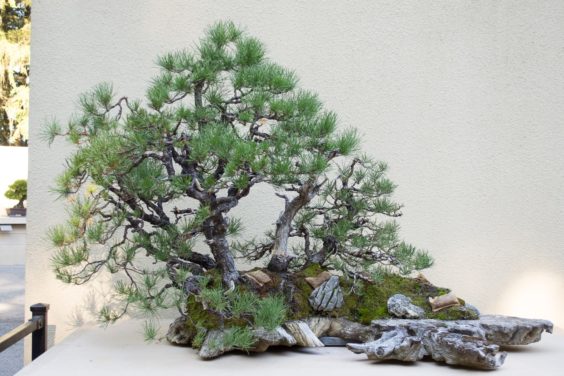
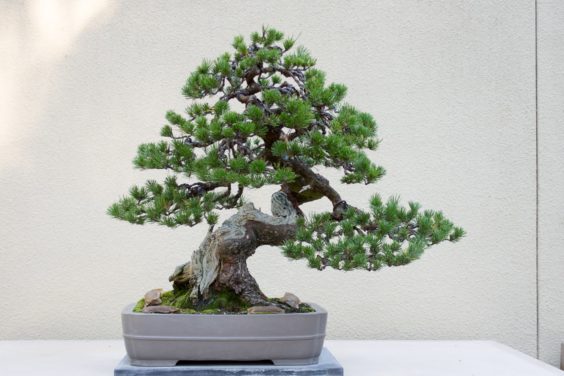
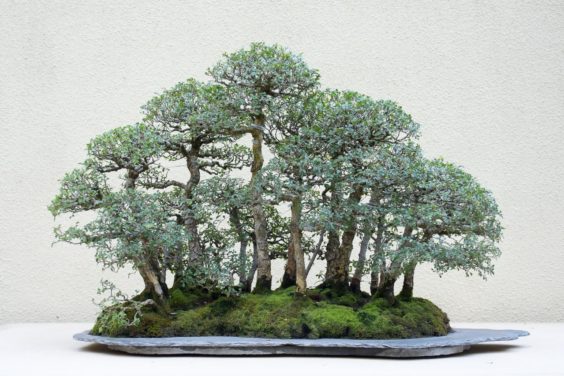
Doug Bereczki says
Absolutely stunning!